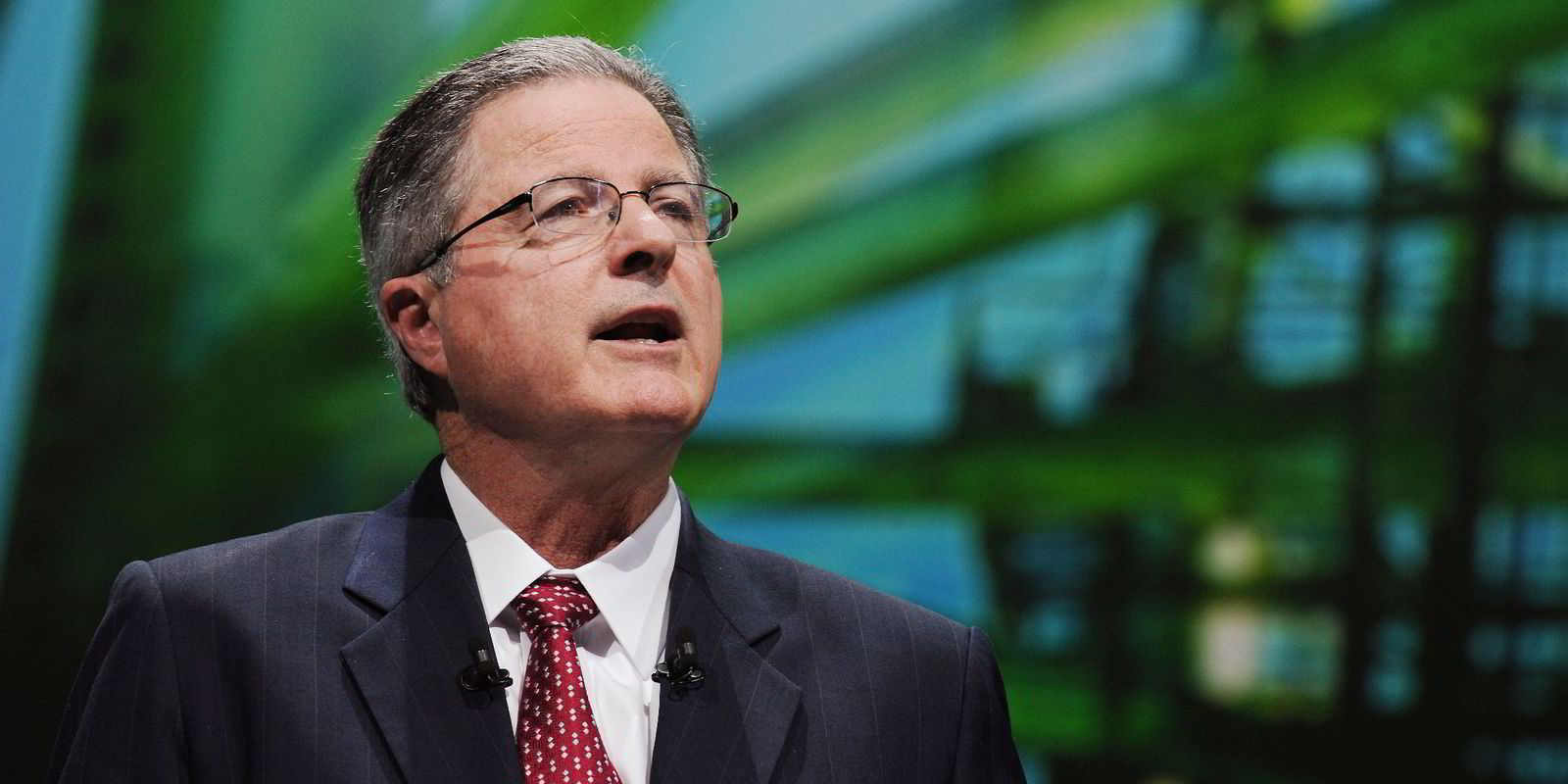US supermajor Chevron is preparing to engage with engineering houses keen to be involved in the next development phase of the Jansz-Io compression project off Western Australia.
The project will entail building a large semi-submersible gas compression platform with a topsides design weighing up to 20,000 tonnes.
A conceptual design phase is ongoing, with WorleyParsons focused on the topsides and Aker Solutions the hull design.
Sources said a pre-qualification exercise for the front-end engineering and design could be in play before the end of the first half of 2017, followed by an invitation to tender late in the second half this year.
The FEED study will then occupy the best part of 2018 while Chevron prepares to tender the engineering, procurement, construction and installation element of the work.
Late last year, Chevron collected information from contractors related to the platform and the subsea and riser package.
Contractors were asked to provide high-level information on their abilities, capacity and track record with such facilities.
In addition, contractors were asked to determine how much of the FEED work would be performed in Australia, how much of it would be done overseas, plus the level of sub-contracting.
The gas compression platform will be located in water depths of about 1000 metres at the Jansz-Io field, which is one of Australia’s largest fields.
It has an estimated 20 trillion cubic feet of recoverable sales gas, and is also understood to be the country’s deepest producing field, lying in water depths of up to 1350 metres.
Jansz-Io is a major feedstock field for the Chevron-led Gorgon LNG plant, where the trains will reach capacity once the US operator brings the Gorgon field online shortly.
The Jansz-Io compression platform is one of two compression units that Chevron will require — the second being a fixed platform in about 200 metres of water at the Gorgon field much later in the field’s life.

